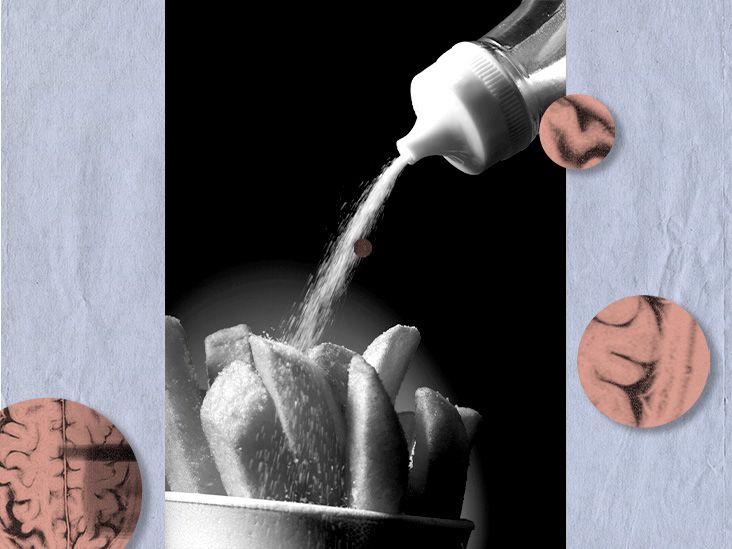Swollen supraclavicular lymph nodes may occur as a reaction to infection or due to metastatic cancer. This type of swelling typically occurs just above a person’s collarbone.
Lymph nodes are part of the immune system. They increase in size due to illnesses such as infection, cancer, and autoimmune diseases.
Sometimes, a virus such as the flu can cause lymph node swelling that recedes once the virus has resolved. Other times, lymph node enlargement can indicate a more serious condition that needs treatment.
This article discusses possible reasons for supraclavicular lymph node swelling, diagnosis, treatment, and when to contact a doctor.

The supraclavicular lymph nodes are located just above the collarbone.
The
One of the supraclavicular lymph nodes is known as the Virchow node (VN), named after German pathologist Rudolf Virchow.
The VN is usually the left side node closest to the center of the body. However, like the other supraclavicular lymph nodes, the position of the VN can differ from its typical location.
Lymph nodes are small glands that act as filters in the immune system.
The body’s cells and tissues eliminate waste using lymph fluid, which travels in vessels and passes through lymph nodes. Inside the lymph nodes are white blood cells called
When a person is sick, the immune system produces more lymphocytes, which causes lymph nodes to swell.
Cancer
Swollen supraclavicular lymph nodes, which doctors may call supraclavicular lymphadenopathy, need a prompt diagnosis and evaluation since this type has associations with cancer. Usually, the cancer has metastasized or progressed beyond the original cancer site.
Swollen supraclavicular nodes on either collarbone can indicate a chest malignancy, such as lung cancer.
If lymph node swelling occurs only on the left side, cancer is more likely in the abdomen or pelvis. This is because
VN enlargement is known as the
The Troisier sign can also occur due to other cancer types, including:
Other causes
Swollen supraclavicular nodes are not always a sign of cancer. Sometimes, they can indicate a reaction to an infection.
For example, the United Kingdom’s National Health Service (NHS) notes that infections such as tuberculosis may cause the supraclavicular nodes to swell. The NHS also highlights that inflammation relating to rare conditions, such as sarcoidosis, may also cause swollen supraclavicular nodes.
A 2019 case report suggested that lymphadenopathy may also be a temporary side effect of vaccines. The report described supraclavicular lymph node swelling in an 11-year-old boy after receiving the human papillomavirus (HPV) vaccine.
Learn more about cancer in the lymph node.
Swollen lymph nodes appear as a bump under the skin.
Lymph nodes containing cancer cells differ slightly from reactive, noncancerous nodes, as the following table shows:
| Malignant lymph nodes | Reactive lymph nodes |
|---|---|
| round shape | oval shape |
| sharp borders | blurred borders |
| no visible hilum or indentation | hilum is present |
| hard | soft |
| painless | tender |
| do not move when pushed | move when pushed |
To
Imaging techniques such as CT, PET, and ultrasound scans can help doctors determine whether cancer has spread.
Healthcare professionals analyze biopsy samples in a laboratory to determine the types of cells present in a lymph node. This can identify whether cancer is present and, if so, what type.
Treating swollen lymph nodes
Antibiotics can treat bacterial infections, and medications such as corticosteroids and immunosuppressant drugs can treat autoimmune conditions.
Doctors may use a combined treatment approach if the cause of swollen lymph nodes is cancer. This can include radiation, surgery, and systemic therapy such as chemotherapy or hormone therapy to target cancer metastases in various locations.
Healthcare professionals may also treat the lymph nodes themselves with radiation or surgery to prevent trapped tumor cells from leaving the lymph nodes and recirculating.
However, people need to note that the exact cancer treatment a doctor recommends will depend on the type, stage, and features of the cancer. It will also depend on their overall health and other factors.
- any supraclavicular lymph node swelling
- other lymph nodes that are swollen or larger than usual
- lymph nodes that are hard or firm, fixed, and not tender
- swollen lymph nodes in multiple areas
The outlook for a person with swollen supraclavicular lymph nodes depends on the underlying cause. If the lymph nodes swell due to an infection, the swelling should decrease as the infection resolves.
Swelling in supraclavicular lymph nodes
Why would only one lymph node be swollen?
Infections may cause one or many lymph nodes to swell, depending on the site of increased lymphocyte production.
Similarly, malignant growths may cause swelling in only one location. Lung cancer can cause supraclavicular nodes on either or both collarbones to swell. If lymph node swelling occurs only on the left side, cancer is more likely in the abdomen or pelvis.
What should I do if my left supraclavicular lymph node is swollen?
Swollen supraclavicular nodes on the left side of the body may indicate infection or various cancers. It is important to seek medical assistance for any swollen lymph nodes. A timely, accurate diagnosis can determine the cause of the swelling and plan treatment accordingly.
Supraclavicular lymph nodes are located just above the collarbone on both sides of the body. Swollen supraclavicular lymph nodes may indicate an immune system reaction to infection or metastatic cancer.
Doctors can treat swollen supraclavicular lymph nodes by addressing the underlying cause.
Infections may need treatment with antibiotics or antivirals. If cancer is the cause, doctors may recommend a combined approach, including radiation, surgery, and systemic treatments such as chemotherapy.


